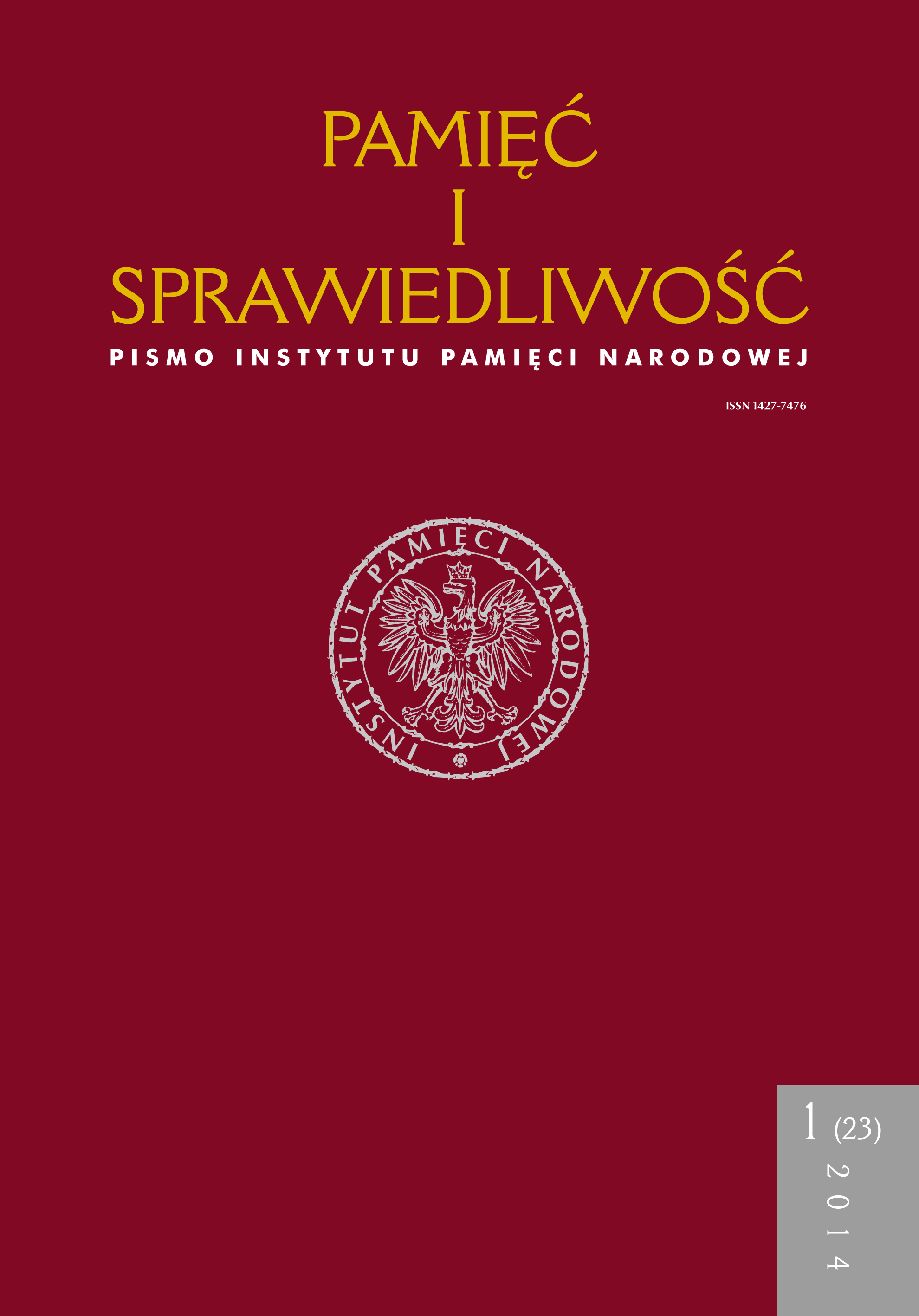Sieci wywiadowcze w świetle analizy sieciowej. Przypadek wywiadu wschodnio-niemieckiego w Skandynawii
Pamięć i Sprawiedliwość, Bd. 23 Nr. 1 (2014), pages: 17-37
Publication date: 2014-06-30
Abstract
During the Cold War the four Nordic countries – Finland, Sweden, Norway and
Denmark – formed an interesting geopolitical area in the European north,
characterized by both differences and similarities. Recent studies on the East German
foreign intelligence have shown, that the Nordic countries were an important, yet
not central operational area, undoubtedly enjoying a different status for the East
German foreign intelligence. In this article, East German intelligence activities
toward the Nordic countries are used as a case study in order to exemplify how
historical network analysis could be used to uncloak new historical knowledge.
Despite its close connection to many of the methodological questions and
problems related to uncloaking hidden structures or analyzing network dynamics
tackled by network analysts in terrorist or criminal studies, researchers on Cold
War intelligence has shown only a limited interest in network analysis. This
article draws from this disinterest among scholars on Cold war intelligence studies
in network analysis and tries to bring upon methodological incentives hopefully
encouraging historians to familiarize themselves with the promises and basics of
network analysis in order to imagine how network analysis could help them to
obtain qualitatively new knowledge. The material used in the empirical analysis
consists of database records on Nordic affairs stored in the central information
system of the East German foreign intelligence service. The article introduces and
exemplifies some powerful network visualization and analysis techniques
suitable for uncloaking network-related knowledge from intelligence materials and for
critical assessment of the results.
 Język Polski
Język Polski
 English
English
 Deutsch
Deutsch
 Français (France)
Français (France)
 Italiano
Italiano
 Русский
Русский


 PDF (Język Polski)
PDF (Język Polski)
